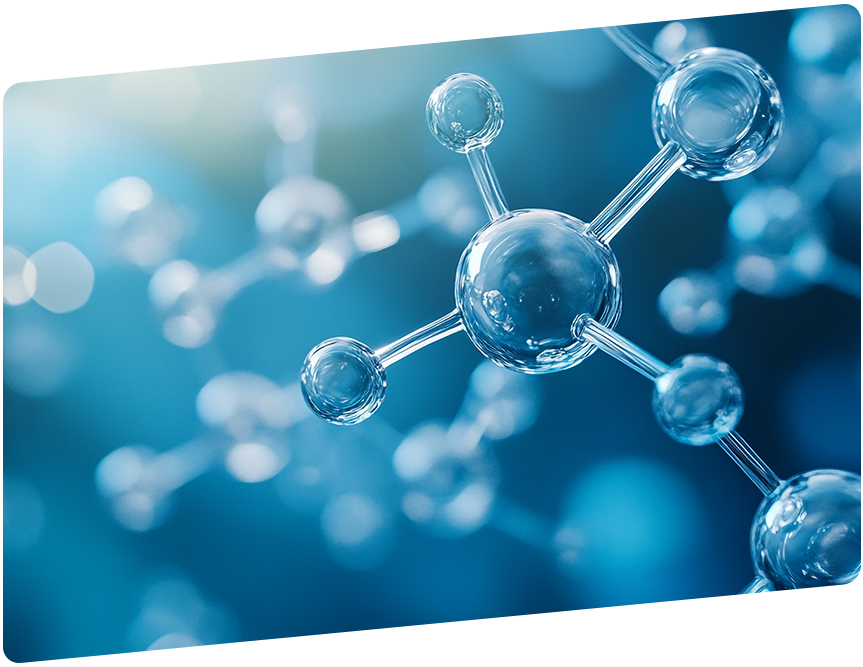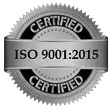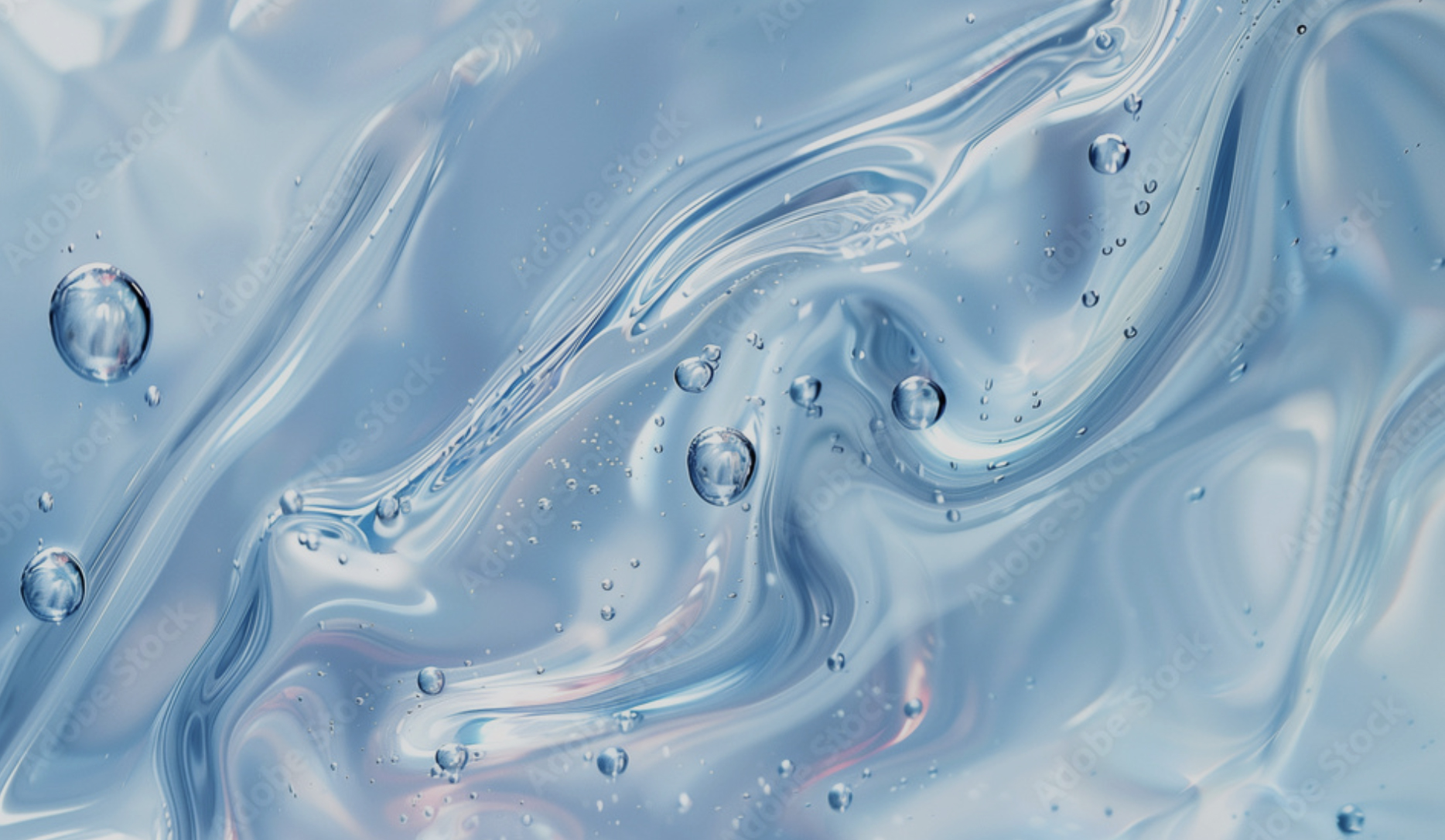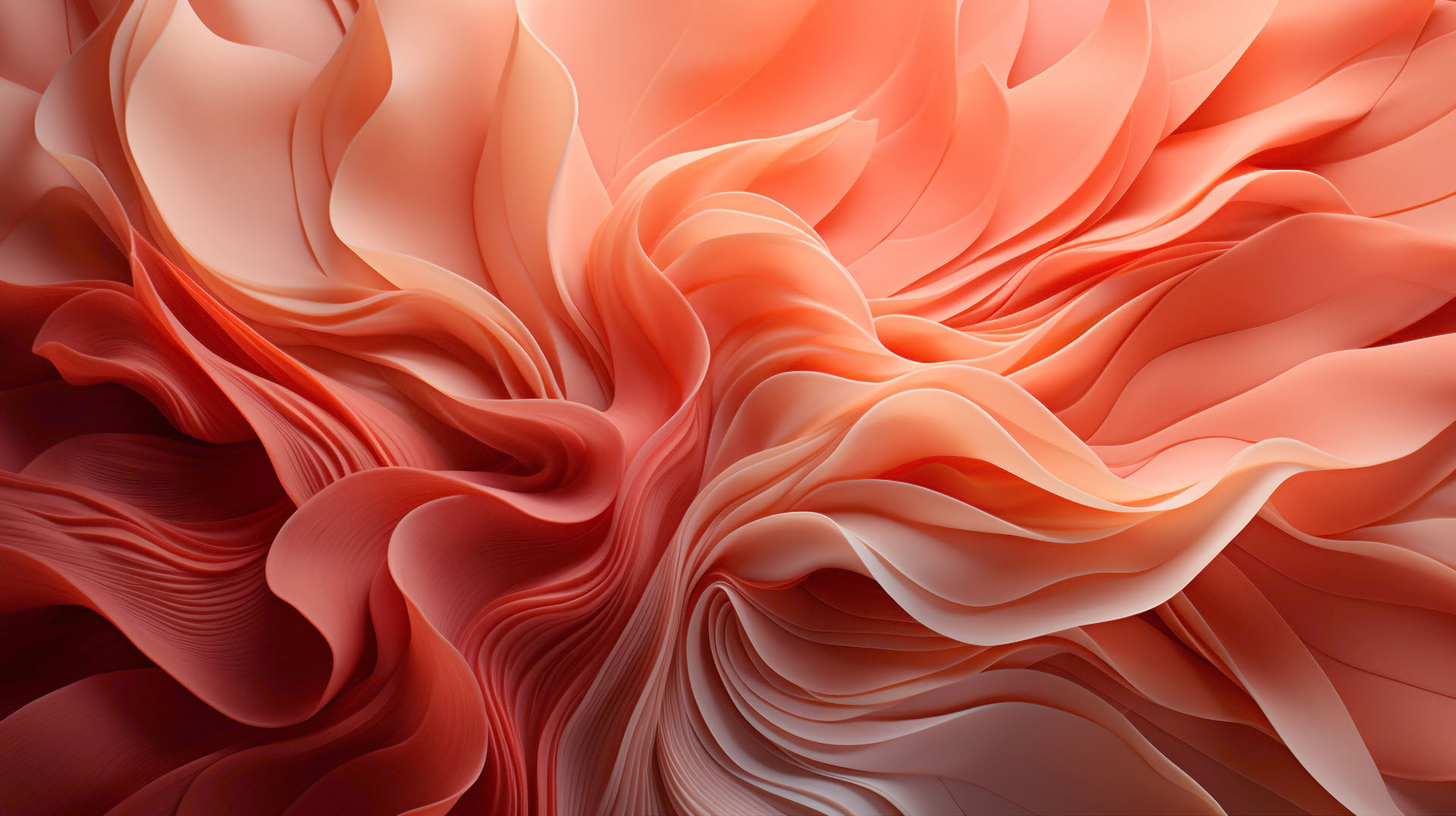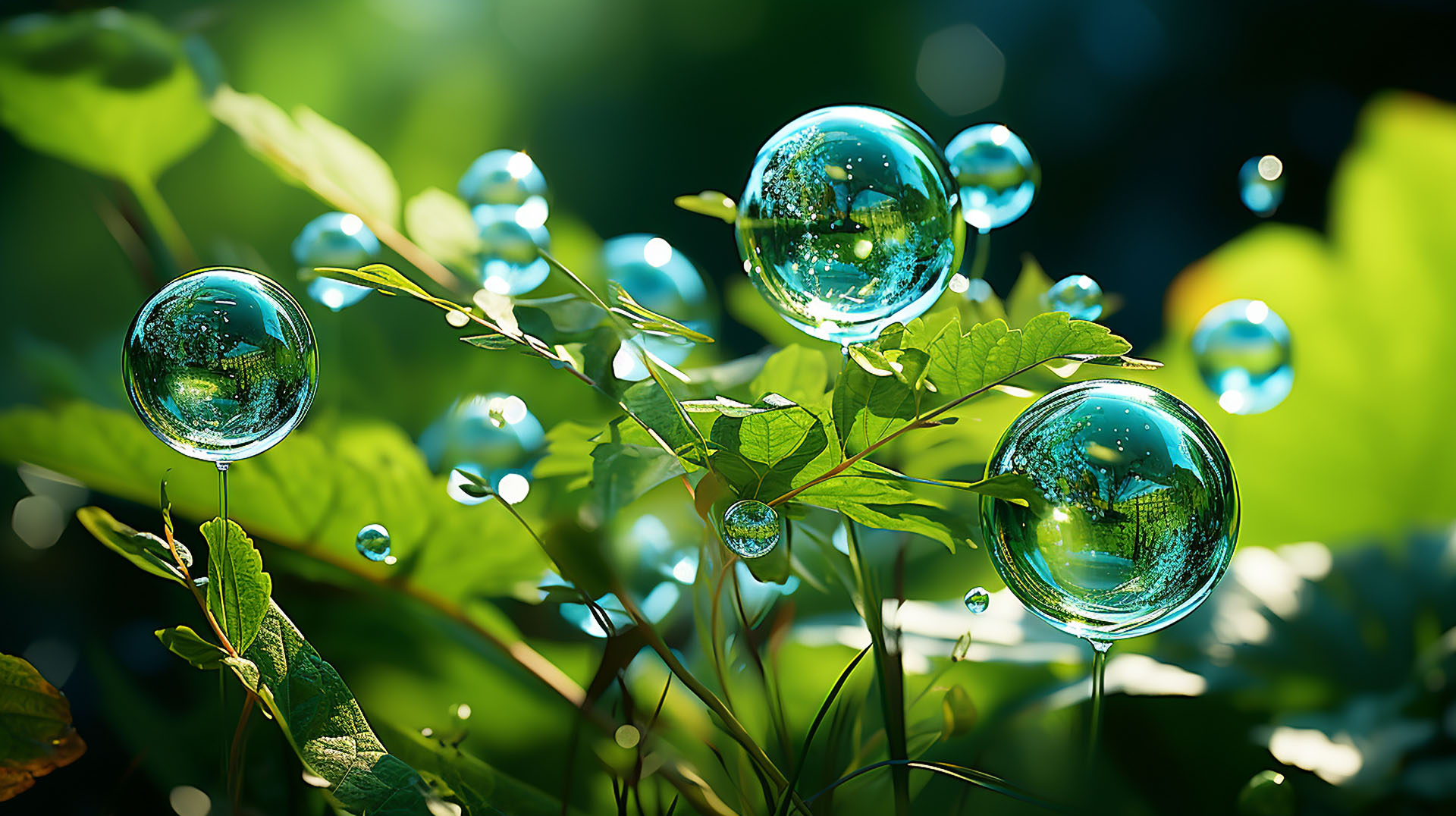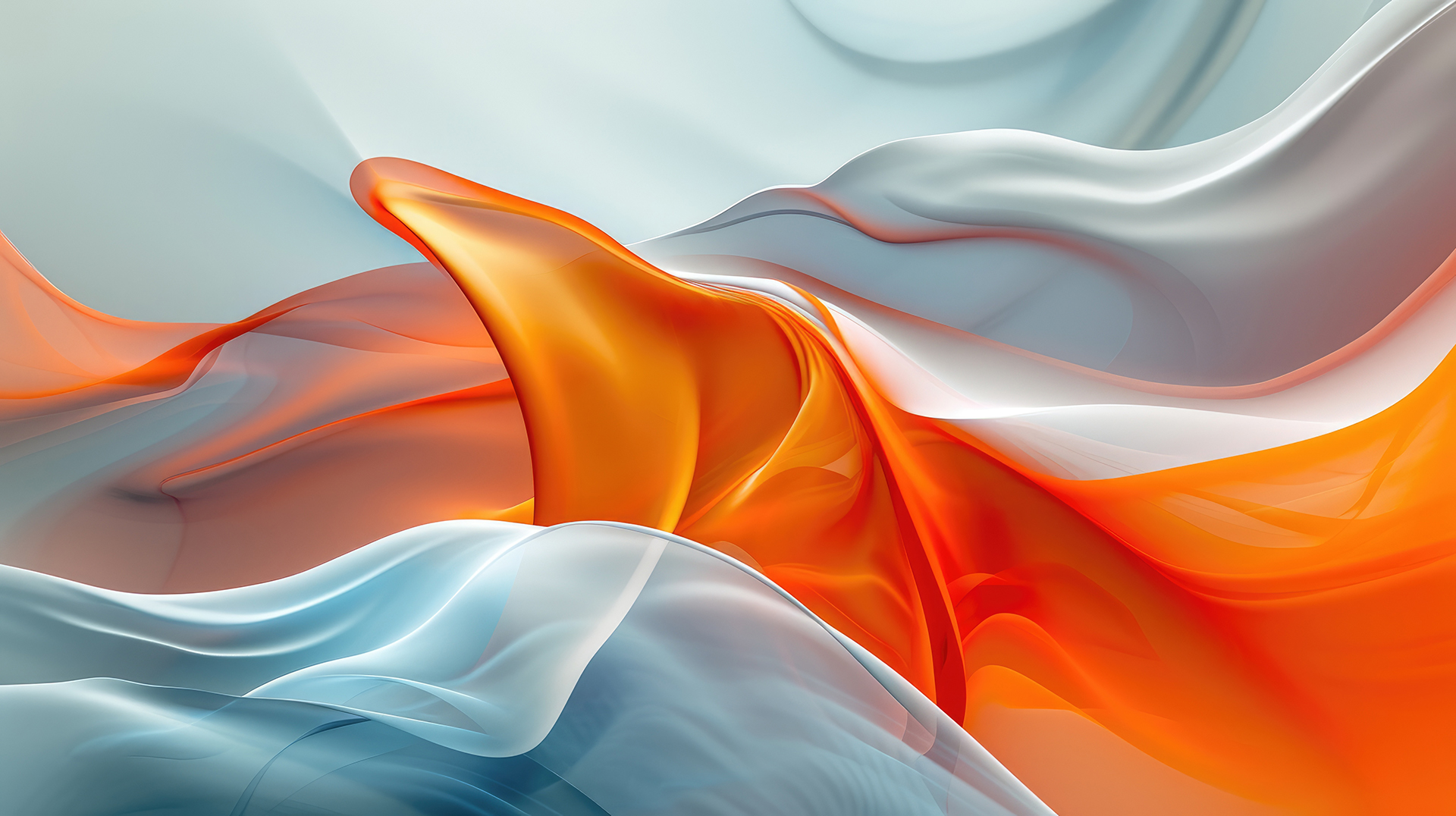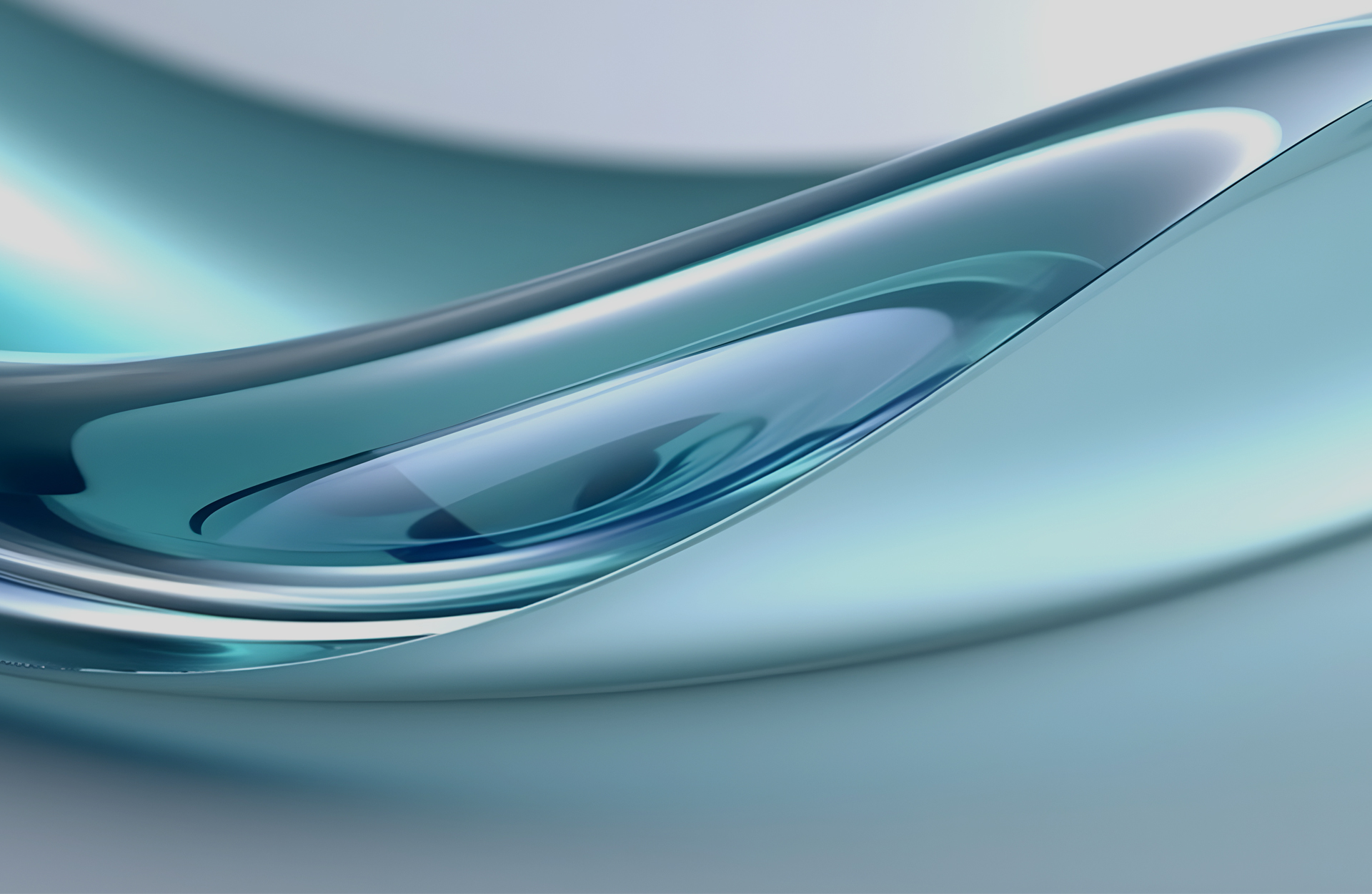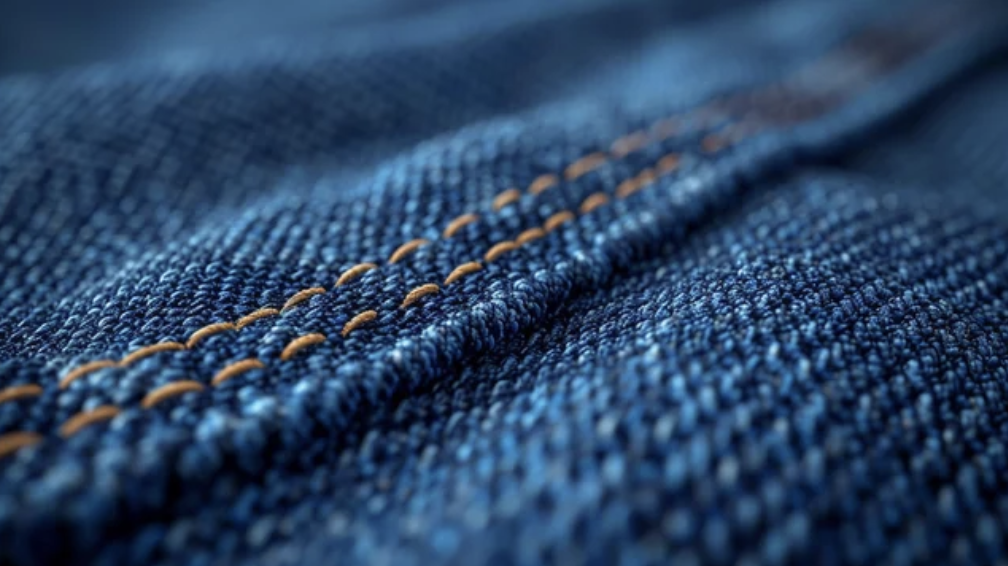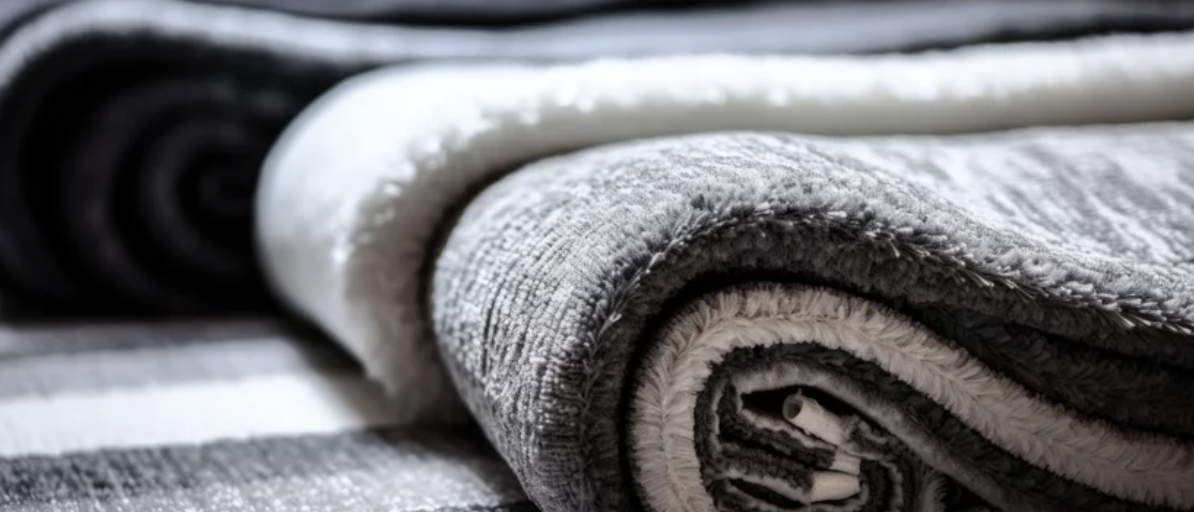Disperse Dyes
As a premium blending facility and third-party private labeler of multiple reactive dyes, and disperse dyes, Polyventive is a key partner to companies within the textile and printing industries needing disperse dyes to color acetate and polyester fibers. Located in Calhoun, GA, Polyventive boasts a committed team of R&D engineers and experts capable of providing customized blending and formulations for a wide range of reactive dyes, vat dyes, and disperse dyes in various volumes and packaging.
Disperse dyes are a type of synthetic dye used in the technical textile industry to add vibrant pigments to numerous synthetic materials like nylon or polyester. These water-insoluble dyes are also used to color plastics such as cellulose acetate, vilene tear-away fabrics, and synthetic fibers such as viscose (rayon).
Polyventive can provide numerous disperse dyes in multiple formulations, volumes, and packaging. Our state-of-the-art manufacturing facility boasts the best blending and color matching and machinery.
Our commitment to providing eco-friendly, biodegradable, reactive dyes, and disperse dyes with minimal environmental impact is valued by our customers and many stakeholders. Whatever compound, formulation, or blending requirements your application requires, our team and experts can help make them a reality.
Chemical Composition of Disperse Dyes
Disperse dyes are synthetic polar molecules used to distribute pigments to fibers like polyester. They’re made up of low-molecular-weight substances, including monoazo, anthraquinone, and diphenylamine. Monoazo accounts for approximately 80 percent of all disperse dyes, while anthraquinone accounts for about 15 percent.
Most disperse dyes are crystalline materials with a high melting point typically above 150 degrees Celsius. They can be milled with a dispersing agent to make them more stable. This is important since these dyes are applied to very fine aqueous dispersion.
The Dyeing Process
While the dyeing process using disperse dyes may vary slightly between manufacturers, overall, the process is generally the same. The fabric must be prepared for dyeing and devoid of any oil, starch, or grease. Next, water is heated in a container and its alkalinity is tested to ensure that it is low. Next, the disperse dye powder is weighed and sprinkled into a small amount of water to create a solution. Next, the pigments are added to the dye bath and stirred using a wooden, plastic, or stainless steel implement or spoon.
The fabric is added to the dye bath and stirred gently while the temperature slowly rises to between 95 and 100 degrees Celsius over about 15 to 30 minutes. The longer the fabric sits in the dye bath, the more powerful the color will be. The bath is then cooled, and the color is checked while more is added if needed. Afterward, the fabric is removed from the dye bath, rinsed in lukewarm water, spun-dried, and ironed.
Properties of Disperse Dyes
Disperse dyes are a non-ionic organic compound that is not soluble in water. This means a dispersing agent must be added to the formulation for proper color transfer, dying, and printing. With excellent wettability and light fastness properties, disperse dyes are excellent at providing vibrant, eye-catching pigments and colors when printed at high temperatures.
Here are some additional properties of disperse dyes:
- The dyes can be used for sublimation when transfer printing, but ironing the dyed fabric can cause color fading.
- For the best results, disperse dyes should be heated to between 120 and 130 degrees Celsius. Lower temperatures usually result in lighter, less vibrant colors.
- Most disperse dyes are colorfast and can withstand washing, sunlight, and friction.
- These hydrophobic fiber dyes are not soluble in water and are usually sold in powder, paste, or spray form.
- This form of dye has a low molecular weight, between 400 and 600.
Advantages of Using Disperse Dyes
Disperse dyes are excellent for coloring clothing and many other fabrics since they produce vibrant, solid, and permanent colors. This dye is extremely colorfast, which means it holds up well to heavy wear and washing. The dyes are also ideal for synthetic fabrics like polyester, nylon, and other common fibers used to make everything from clothing to tents and other products.
Widely Used in Textile & Apparel Industries
Many medical textile and apparel industries use disperse dyes as a color dispersing agent to add pigments to their products. They’re easy to use and generally safe, making them a popular choice for many manufacturers. Whether it’s coloring nylon ropes, creating unique colored designs on socks, pullovers, shorts, pants, and suits, or coloring women’s nylon stockings, disperse dyes can be found in multiple types of performance apparel and clothing.
- Nylon stockings
- Pullovers
- Socks, shorts, shirts and pants
- Nylon ropes
- Sportswear
- Outdoor apparel
As a critical supplier and manufacturer of different disperse dyes, reactive dyes, safe acids, lubricants, multiple different blends, Poylventive combines a customer-centric focus with superior blending and synthesizing capabilities. Our third-party, private labeling competencies allow us to service multiple different customer requirements, providing numerous blends and custom formulations for countless industrial and commercial customers.
If you are in the textile industry or are a key player in providing dyes to the textile industry and require a trusted and reliable partner for different disperse dyes, blends, and formulations, contact us now.
